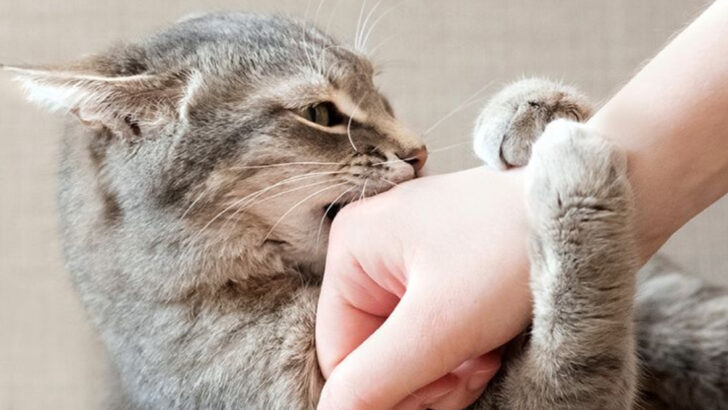Your cat isn’t “just moody.”
There’s a real chance it’s plotting your emotional downfall.
That slow blink you think means love? Might mean boredom.
The tail flick? Not cute. It’s a warning.
And if you’ve ever woken up to your cat’s butt in your face—well, you’re not exactly being worshipped.
Cats are masters of subtle shade.
While dogs wear their hearts on their tails, cats prefer silent judgment, awkward eye contact, and the occasional “accidental” swipe.
Think your kitty adores you?
Let’s find out before it pees in your shoe.
Aggressive Swatting
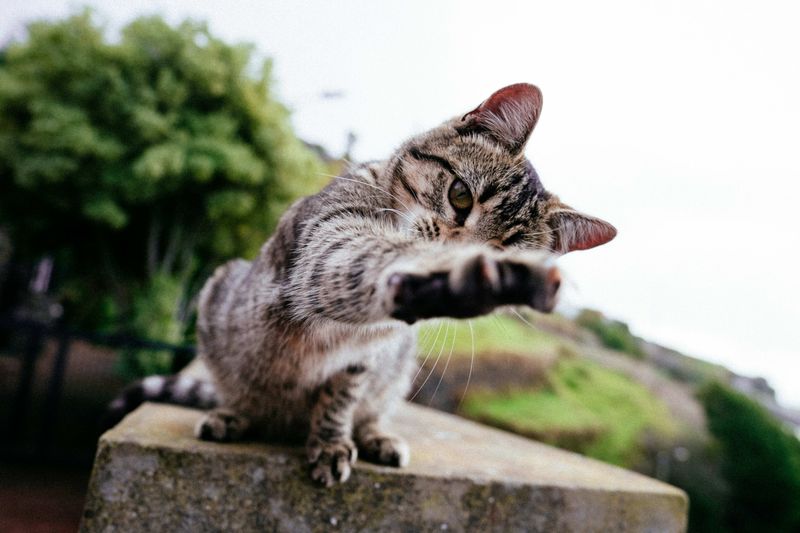
Has your cat ever greeted you with a swift swat instead of a gentle nuzzle? Such aggressive behavior can be a clear indication that your feline friend is not in the mood for companionship. A cat may swat out of fear or irritation, and it’s their way of setting boundaries. Moreover, if the behavior is consistent, it might be worth considering the environment and recent changes that could be affecting your cat’s mood. Remember, swatting is often a cry for personal space, so give your cat some room to breathe.
Hissing When Approached
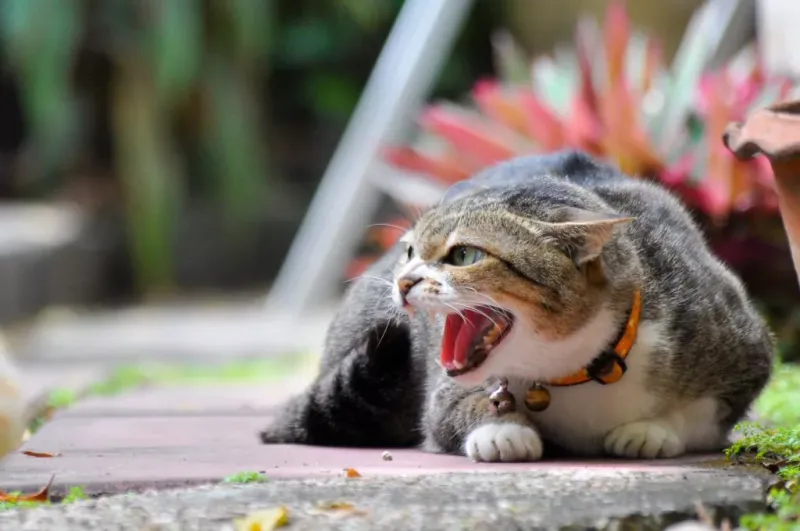
The sound of a cat hissing can send shivers down your spine. It’s a clear sign that your cat is feeling threatened or uncomfortable. When your presence alone triggers such a reaction, it’s time to reflect on the possible causes. Perhaps there have been changes in your household, or maybe your cat recalls a previous negative experience. To mend this, spend quality time with your cat, offering treats and gentle words to reassure them. Hissing is their way of saying, “back off,” so respect their space.
Avoiding Eye Contact
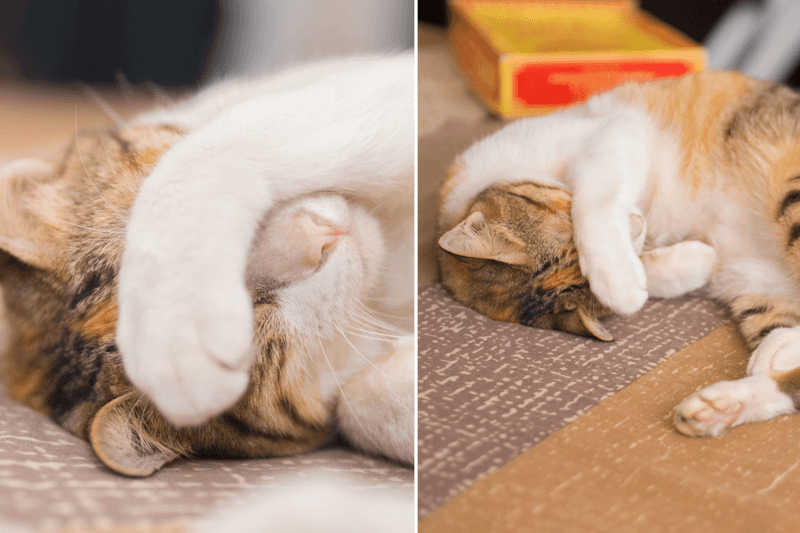
Eye contact in the animal kingdom can be a powerful form of communication, and in the feline world, avoiding it can be quite telling. If your cat dodges your gaze, it might be feeling insecure or harboring some ill feelings towards you. Eye contact can feel confrontational to a cat, so a lack of it could signal discomfort. Perhaps your cat associates you with a negative experience, or maybe it’s just in need of personal time. Understanding and responding to their cues can strengthen your bond.
Refusal to Cuddle
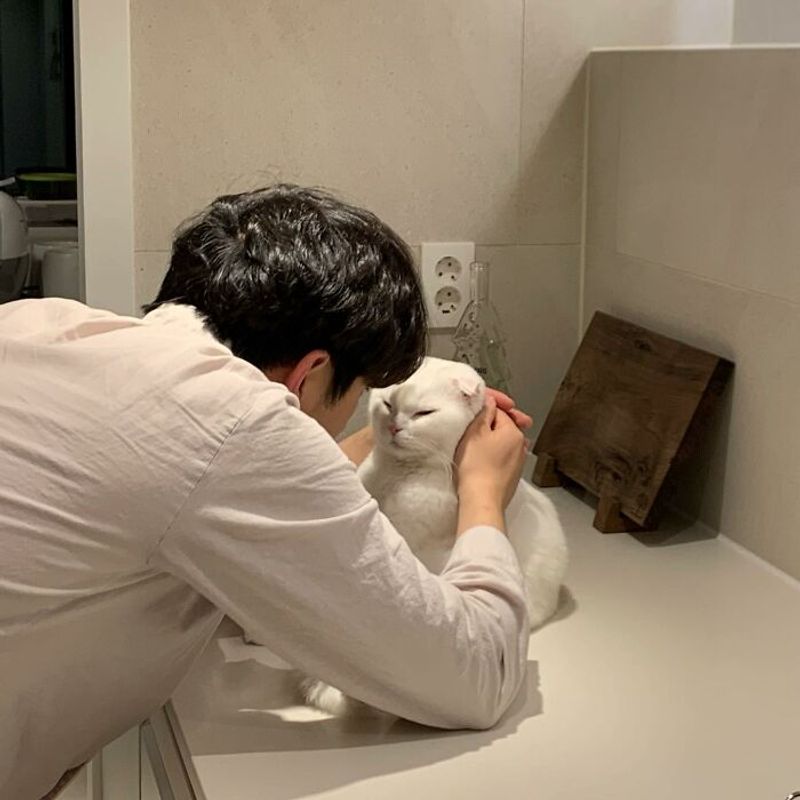
Nothing stings more than when your usually affectionate cat suddenly decides to snub your cuddle attempts. Cats choose to be affectionate on their own terms, and a refusal might indicate dissatisfaction or discomfort. If your cat persistently avoids cuddling, consider any changes in your routine or environment that might have upset them. Sometimes, simple changes like a new pet or a change in furniture can be unsettling. Respecting their independence and offering gentle reassurance can help rebuild your connection.
Destructive Scratching
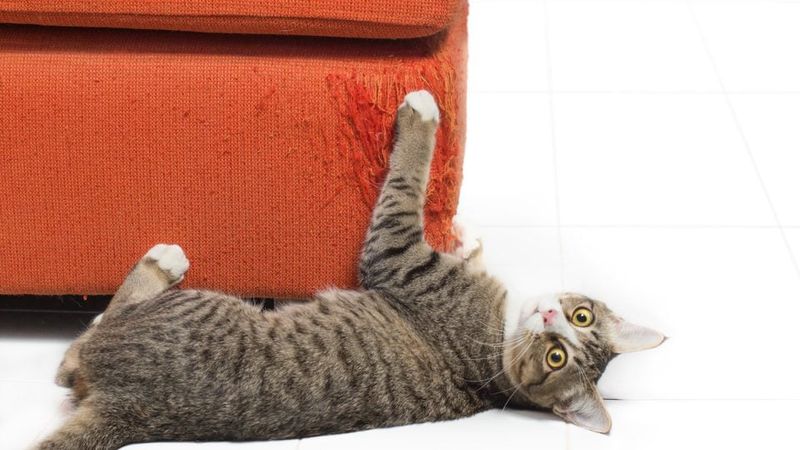
Cats instinctively scratch to mark territory and keep their claws in top shape. However, if your cat targets your favorite furniture while maintaining eye contact, it might be sending a defiant message. This behavior could signal boredom, stress, or even resentment. Ensuring that your cat has access to appropriate scratching surfaces is vital. Additionally, consider increasing playtime to help them burn off excess energy and reduce stress. Destructive scratching can be a plea for attention, so stay attentive to their needs.
Excessive Meowing
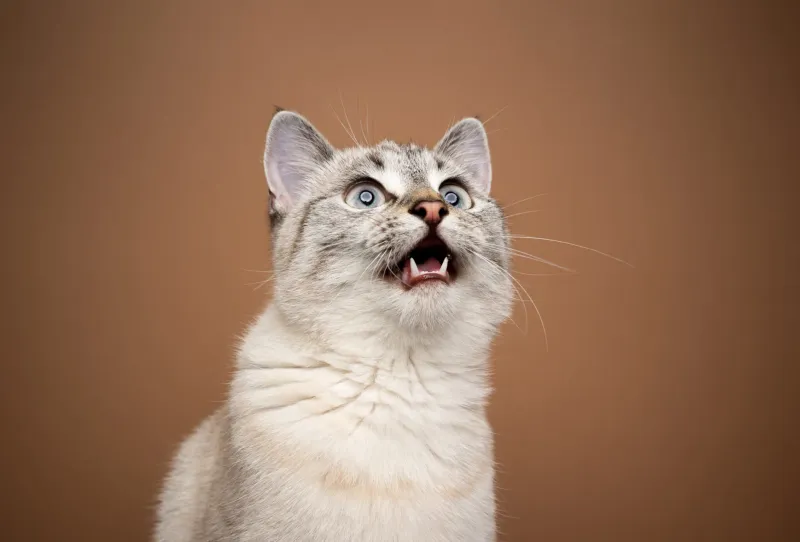
A chatty cat might be trying to tell you something important. Excessive meowing can be a sign of distress or dissatisfaction. If your cat’s vocalizations seem incessant, it might be feeling neglected or trying to alert you to an issue. Changes in routine, a lack of stimulation, or even health concerns could be the culprits. To address this, ensure your cat’s needs are met both physically and emotionally. Sometimes, all it takes is a little more attention and love to quiet those frequent meows.
Tail Flicking
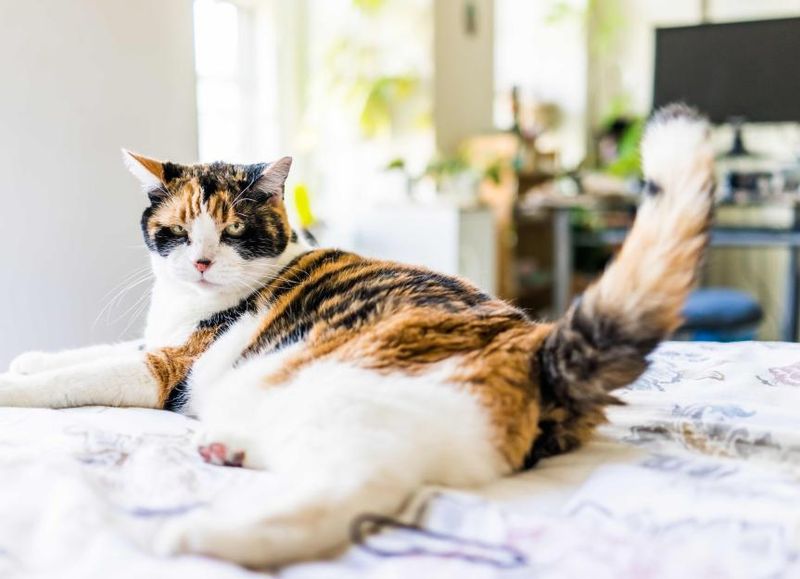
A cat’s tail is a window into its soul. Rapid tail flicking can indicate annoyance or agitation. If your cat’s tail becomes a whip-like instrument when you’re near, it’s not a good sign. This behavior often accompanies other signs of irritation, such as flattened ears or a tense posture. Your cat might be feeling overwhelmed or simply not in the mood for interaction. Respecting their wishes and giving them time to relax can help mitigate this behavior. Tail flicking is a clear sign to tread carefully.
Ignoring Commands

Cats are known for their independent streak, but if your cat suddenly gives you the cold shoulder when you call, it might not be a coincidence. Ignoring commands can be a sign of displeasure or disinterest. This behavior might occur if your cat is upset with you or feels neglected. Ensure you’re spending enough quality time with your feline companion. Positive reinforcement through treats and play can help regain their attention. Remember, a cat that listens is also a cat that feels valued and loved.
Biting During Play
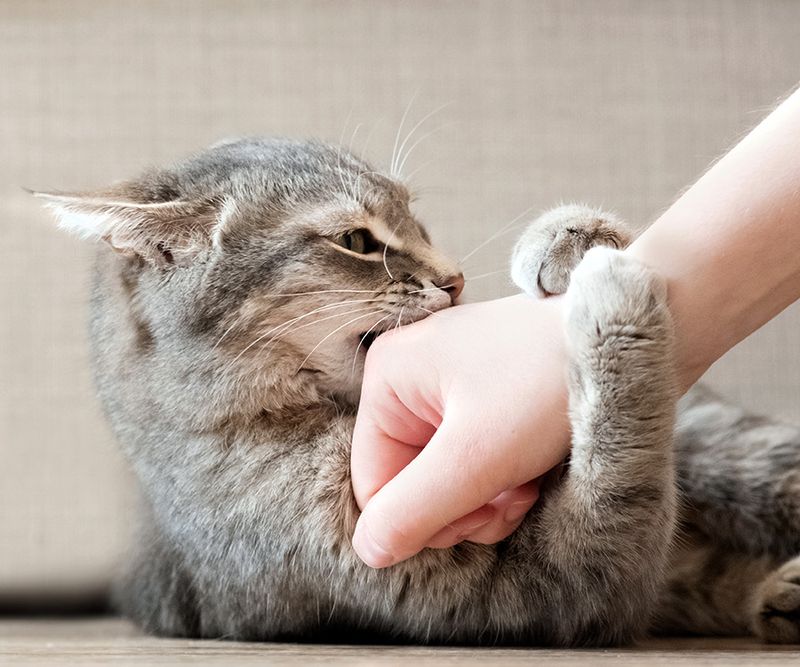
Playful biting is normal, but if your cat’s nips feel more aggressive than affectionate, it might be venting some frustration. Cats bite to communicate boundaries or when they’re overstimulated. If your playtime frequently ends in biting, consider toning down the intensity of your sessions. Use toys that keep your hands at a safe distance, and be observant of your cat’s body language to avoid crossing their comfort threshold. A biting cat may simply be asking for more respectful interaction.
Hiding Frequently

Is your cat becoming a master of hide-and-seek? Frequent hiding can be a red flag for stress or fear. Cats retreat to safe spaces when they feel threatened or uneasy. If your cat is spending more time under the bed or in the closet, it might be unhappy with its current situation. Check for any stressors in its environment, be it noise, new pets, or changed routines. Creating a calm and secure environment can coax your cat out of its hiding spots and back into the open.
Grooming Excessively
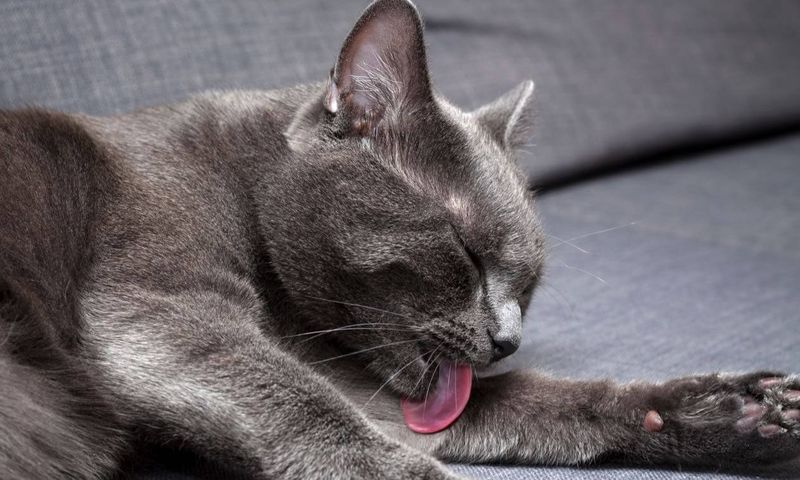
While grooming is a natural and healthy behavior, excessive grooming could indicate anxiety or discomfort. A cat might over-groom to self-soothe, leading to bald patches or skin irritation. This behavior is often linked to environmental stress or health issues such as allergies. If you notice your cat grooming obsessively, it’s crucial to identify and mitigate any underlying causes. Consulting with a vet can rule out medical issues, while providing a stress-free environment can address emotional concerns.
Refusing Food

When your cat turns its nose up at mealtime, it can be a cause for concern. Refusing food might be a sign of stress, illness, or dissatisfaction with their diet. Cats are creatures of habit and may react negatively to changes in food or feeding schedules. If your cat is consistently ignoring its meals, consult a veterinarian to rule out health issues. Meanwhile, ensure your cat’s dining environment is peaceful and its food is fresh and palatable to encourage a healthy appetite.
Sleeping Away From You

It can be disheartening when your feline friend chooses solitude over snuggling by your side. Cats often sleep with those they trust and feel safe around. If your cat suddenly opts to nap elsewhere, it might be a signal of discontent. Evaluate any changes in your relationship or environment that could have influenced their decision. Rebuilding trust through gentle interaction and respecting their sleep choices can help restore their affection. A distant sleeper might just need time to warm back up to you.
Sudden Aggression
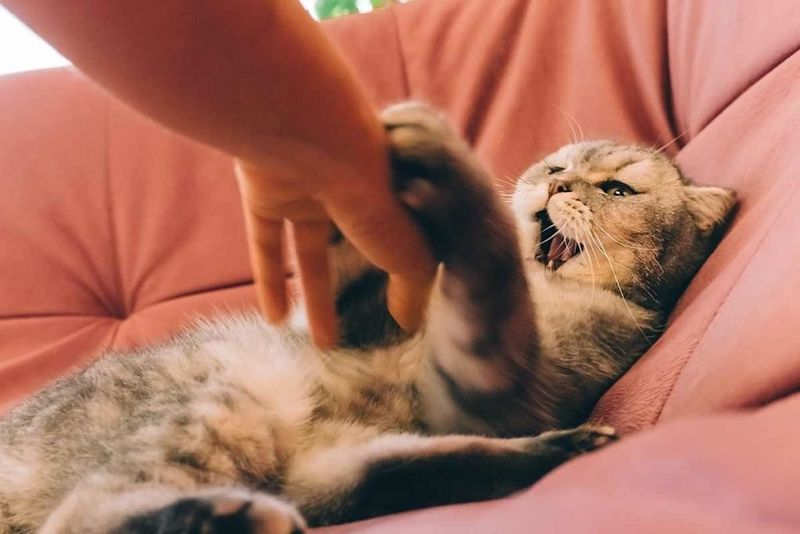
Unprovoked aggression from a usually calm cat can be alarming. Sudden hostility may stem from fear, pain, or a perceived threat. If your cat lashes out unexpectedly, it’s essential to assess any triggers or changes in their environment. Illness or discomfort can also lead to aggressive outbursts, so consulting with a veterinarian is wise. Meanwhile, approach your cat with caution and patience, allowing them time to calm down. Understanding and addressing the root cause can help restore peace.

